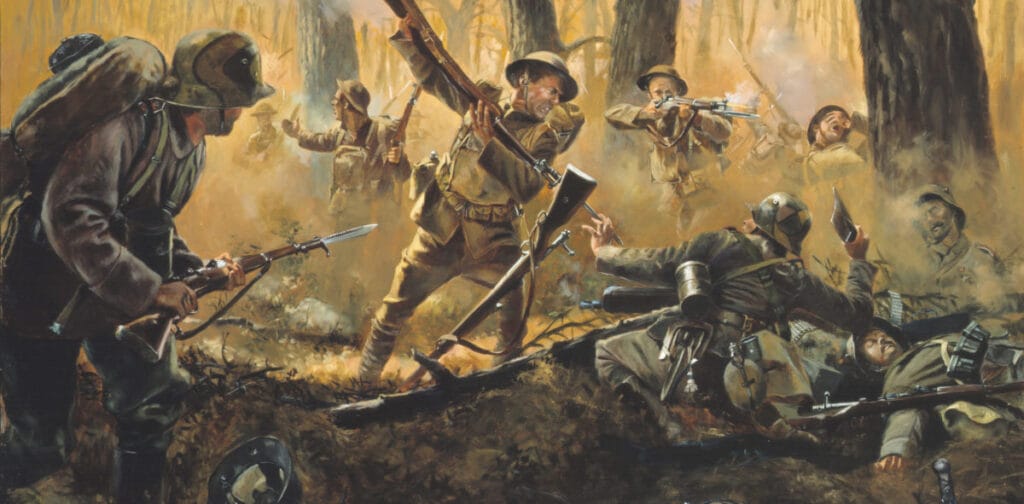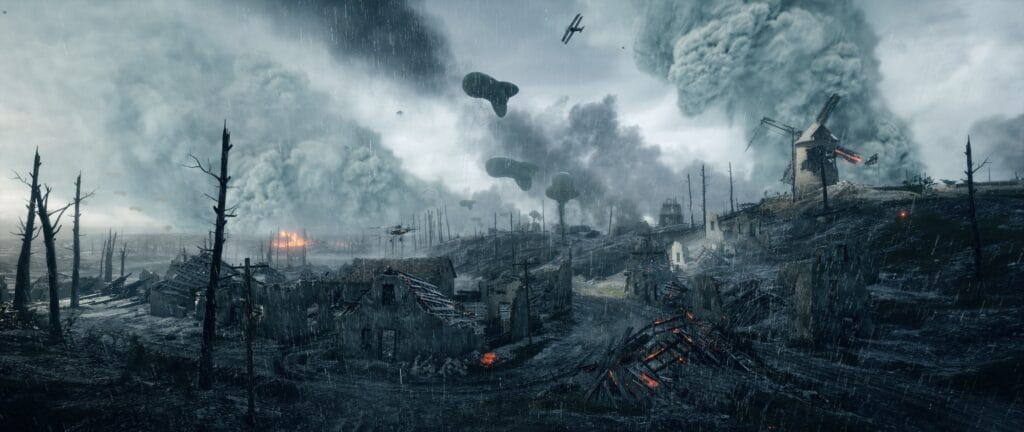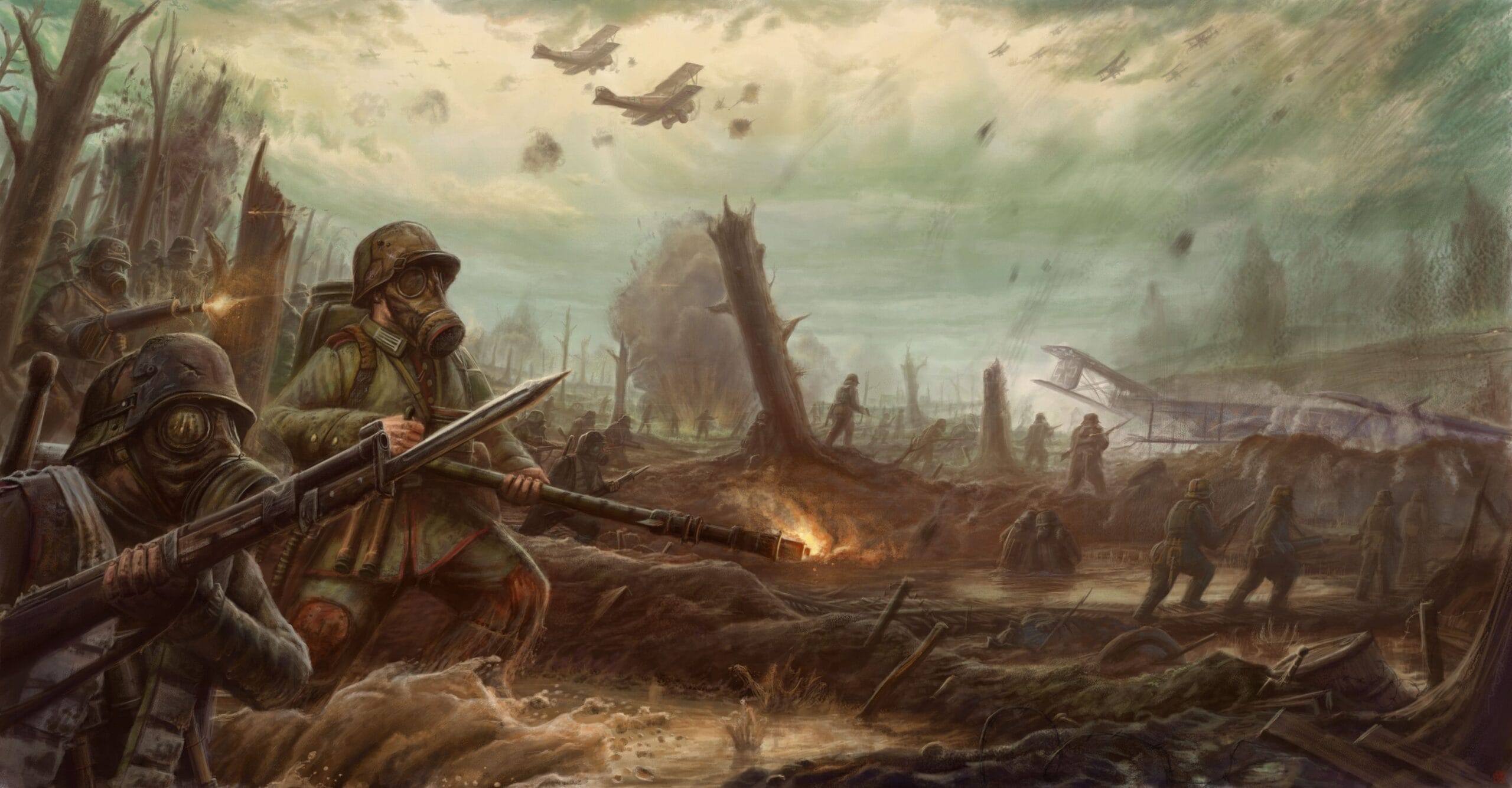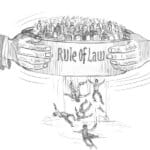World War I, also known as the “Great War,” was an international conflict that lasted from 1914 to 1918. It was fought in between two coalitions: the Allies (primarily France, the United Kingdom, Russia, Italy, Japan, and the United States) and the Central Powers (led by Germany, Austria-Hungary, and the Ottoman Empire). The war began after the assassination of Archduke Franz Ferdinand of Austria. It was one of the deadliest global conflicts in history, with more than 8 million fighting men losing their lives and another 21 million injured or disabled.
The war led to the fall of four great imperial dynasties (in Germany, Russia, Austria-Hungary, and Turkey), resulted in the Bolshevik Revolution in Russia, and laid the groundwork for World War II.

Causes of World War I
The causes of war are complex and multifaceted. Some of the main causes include alliances between countries, imperialism, militarism, and nationalism. The assassination of Archduke Franz Ferdinand of Austria-Hungary by a Serbian-nationalist terrorist group known as the Black Hand was the immediate cause of war. The assassination led to a series of events that ultimately resulted in the outbreak of war.
Major battles of World War I
Some of the major battles include:
- Battle of Mons
- Battle of Tannenberg
- First Battle of the Marne
- First Battle of Ypres
- Second Battle of the Masurian Lakes
- Gallipoli Campaign
- Second Battle of Ypres
There were many other battles fought during World War I, but these are some of the most significant.
Major outcomes of World War I
Some of the major outcomes of war include:
- Defeat of the Central Powers under the leadership of Germany
- Collapse of four empires: German, Austrian, Turkish and Russian
- Rise of new nation-states
- Millions of women entered the workforce
- Emergence of United States as a world power
- Famines and disease
- Ethnic cleansing and genocide
- Revolutions of 1917–1923
- Lost generation
These are just some of the major outcomes of World War I. The war had a profound impact on the world, and its effects can still be felt today.
Some of the key figures during World War I
Some of the key figures during war include:
- Archduke Franz Ferdinand
- Field Marshal Sir John French
- General Erich von Falkenhayn
- Prime Minister Georges Clemenceau
- Winston Churchill
- General Aleksey Brusilov
- Chancellor Bethmann Hollweg
- Prime Minister Herbert Asquith
- Nicholas Romanov II
- Franz Josef Habsburg I
These are just some of the key figures during war. There were many more people involved in the war who played important roles.
Trench Warfare
Trench warfare is a type of defensive, static warfare. It is a type of land warfare that employs occupied lines largely composed of military trenches, with troops well-protected from enemy small arms fire and substantially sheltered from artillery. Trench warfare was not an invention of World War I. It had been used in conflicts such as the American Civil War (1861-65), the Boer War (1899-1902) and others. It was industrialized weaponry of World War I that made trench warfare the norm rather than an occasional strategy.

Trench warfare reached its peak on the Western Front during World War I (1914–18), when armies of millions of men faced each other in a line of trenches extending from the Belgian coast through northeastern France to Switzerland. Dedicated to this a novel has also been written named “ All Quiet on the Western Front ”
Other articles:
Jallianwala Bagh : The Massacre



